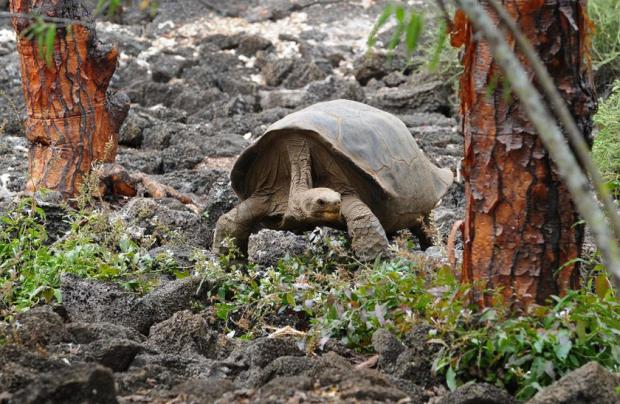
Breaking News
 Windows 10 is DEAD in 2025? -- Here's How I Run It SAFELY Forever (No Updates)
Windows 10 is DEAD in 2025? -- Here's How I Run It SAFELY Forever (No Updates)
 GENIUS ACT TRIGGERED: The Biggest BANK RUN in History is COMING – Prepare NOW
GENIUS ACT TRIGGERED: The Biggest BANK RUN in History is COMING – Prepare NOW
 European Billionaires Funneled $2 Billion into NGO Network to Fund Anti-Trump Protest Machine
European Billionaires Funneled $2 Billion into NGO Network to Fund Anti-Trump Protest Machine
 Japan Confirms Over 600,000 Citizens Killed by COVID mRNA 'Vaccines'
Japan Confirms Over 600,000 Citizens Killed by COVID mRNA 'Vaccines'
Top Tech News
 HUGE 32kWh LiFePO4 DIY Battery w/ 628Ah Cells! 90 Minute Build
HUGE 32kWh LiFePO4 DIY Battery w/ 628Ah Cells! 90 Minute Build
 What Has Bitcoin Become 17 Years After Satoshi Nakamoto Published The Whitepaper?
What Has Bitcoin Become 17 Years After Satoshi Nakamoto Published The Whitepaper?
 Japan just injected artificial blood into a human. No blood type needed. No refrigeration.
Japan just injected artificial blood into a human. No blood type needed. No refrigeration.
 The 6 Best LLM Tools To Run Models Locally
The 6 Best LLM Tools To Run Models Locally
 Testing My First Sodium-Ion Solar Battery
Testing My First Sodium-Ion Solar Battery
 A man once paralyzed from the waist down now stands on his own, not with machines or wires,...
A man once paralyzed from the waist down now stands on his own, not with machines or wires,...
 Review: Thumb-sized thermal camera turns your phone into a smart tool
Review: Thumb-sized thermal camera turns your phone into a smart tool
 Army To Bring Nuclear Microreactors To Its Bases By 2028
Army To Bring Nuclear Microreactors To Its Bases By 2028
 Nissan Says It's On Track For Solid-State Batteries That Double EV Range By 2028
Nissan Says It's On Track For Solid-State Batteries That Double EV Range By 2028
Galapagos giant tortoise gene study hints at longevity secrets

A team of international researchers sequenced the genomes of two such tortoises, including Lonesome George — the last known member of the subspecies Geochelone nigra abingdoni, who died in captivity on the Galapagos's Santa Cruz Island in 2012.
They detected "lineage-specific variants affecting DNA repair genes, inflammatory mediators and genes related to cancer development," according to the study published in the journal Nature Ecology & Evolution.
The Pacific island chain off mainland Ecuador is famous for its unique flora and fauna studied by Charles Darwin as he developed his theory of evolution. Twelve giant tortoise species still inhabit it.
Galapagos National Park director Jorge Carrion said uncovering the secrets of Lonesome George's longevity will help with efforts to restore giant tortoise populations in the archipelago.
Giant tortoises, which can live for over 100 years in captivity, arrived in the volcanic Galapagos region three to four million years ago.
It is believed that ocean currents dispersed them around the islands, creating 15 different species — three of which are extinct.

 Carbon based computers that run on iron
Carbon based computers that run on iron

